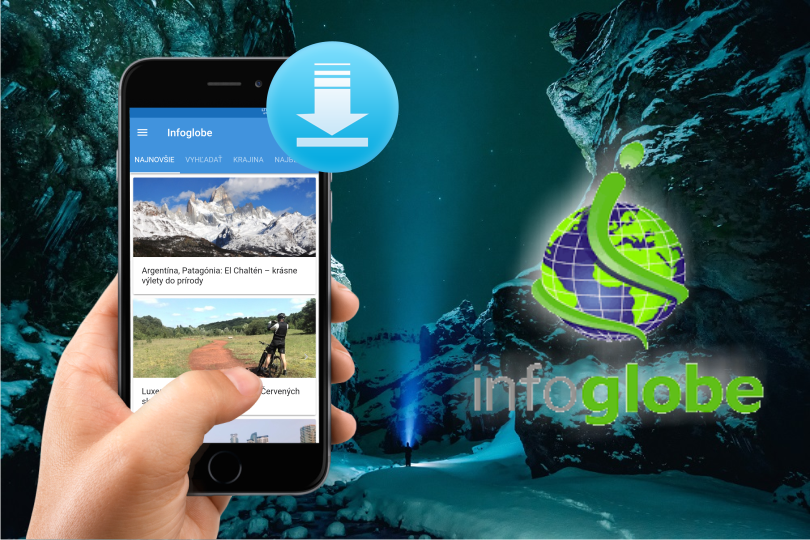Bolivia – Santa Cruz de la Sierra

The article is brought to you:
The city looks rather like a large village for its low buildings and quite life. There are, however, several more expensive streets with luxury goods. Nobody is in hurry in this city. Locals like to sit on benches and rest. Wristwatch seems like a decoration than a useful accessory here.
When we walk through teh city center which consists of Plaza 24 de Septiembre, Santa Cruz doesn't seem to be any kind of gem. However, there is still some positive energy to it. Downtown has rather low buildings so one doesn't feel like enclosed among buildings. Only San Lorenzo basilica is a building of notable height. Its two belfries rise above surrounding structures (one of them operates also as a observation tower and is open to the public). The streets going from downtown (e.g. Junin) are lined by luxurious butiques selling branded fashion, gold, and other luxury goods. Locals usually idle on benches or under shadows of the trees. They play chess or just relax and observe whats going on around them. People who are not on the main square are in El Arenal park. There is a lake with a fountain. There is a building with a relief on a small island (La gesta del Oriente Boliviano) by Lorgia Vacy, a Bolivian artist.
The Museum of History is situated inside one of the buildins in Junín street. It is free of charge. It focuses on the colonninal history not solely of Santa Cruz but Bolivia as well. The museum also explores Guaraní - native indian tribe which lives in the lowlands of Bolivia, Paraguay and Brazil. Also, animal masks, pottery, and tinajas (bowls for production of chicha - a corn beer) are on display there. Moreover, there is a hall devoted to all sorts of maps of Bolivia and South America. They explore how the continent changed during the colonial era and the era of Spanish rule.
There is a nice zoo in Santa Cruz. There is a lot of Bolivian fauna mostly. Bolivia is very biodiverse so you can see animals which live in deserts, mountains, or primaveal forests. For the first time in my life, I see anteater upclose.
I even stroke a sloth. Large colorful parrots and toucans fly over my head. Capybaras graze on at the adjacent pond where crocodilles and turtles live. In a slow paced walk, it takes around 2 hours to see the zoo There are also nandas, jaguars, lamas, reptiles, spiders and several species of monkeys.
You can find not only zoo but also a botanical garden in Santa Cruz. However, only its front part is maintained. But we did not know so we headed deeper inside the garden. It is truly large. However, it is mostly a forest which is not maintained much. We walk there for about an hour and then we go back. We even wake up some man who happens to be sleeping there.
I don't know if he is an employee or somebody homeless, or a visitor who got lost there last week. We encounter several animals, mostly monkeys and many species of birds. We encounter about 3-meter long crocodilles at the lake where we intended to see pelicans. The crocodilles are not even behind a fence or anything. Therefore, if brave enough you can get really close to them.
Some guy approaches us at the bus terminal where we are trying to arrange our departure from Santa Cruz. This guy seems just regular but he asks for our passports. We refure. There have been many cases of fake policemen. We ask him to show his badge or anything which would prove he is police. He just takes out some card with his photo and word saying something like "migracion".
As there are many people around, we give him our passports. He looks inside them and I stand close to him. I am still not sure whether he is real or fake. He doesn't even know that we are supposed to have some departure papers when leaving Bolivia. A tourist cannot loose these. He accidentaly notices this when looking through the other passport. Then he just nods. I take our passports and he leaves. I write this as sort of a warning. This can happen and one should raise his guard. When a "policeman" looks suspiciously it is better to go with him to a police station. A tourist doesn't have to show his papers in a street even though such a "policeman" has a badge.
Santa Cruz is the last city we visit in Bolivia. Unfortunately, there is only one option how to reach Paraguay - by long night and day crossing across empty land - dry, wasteland of Chaco. Well, there is nobody who would tell us if there actually is some other way to Paraguay. We don't learn anythign at visitors' center. They say that we should ask at some transportation company. However, bus companies lie a lot in Bolivia. There is nothing we can do, however. We say our farewell to Santa Cruz - beautiful, rough, and the last city we see in Bolivia. Now we are heading to Asunción.
GPS: 17°46'50.4"S 63°10'25.4"W
Text and photos: Tomáš Novák
| Discussion at the article (0) |
Related Articles

Bolivia – Copacabana and Isla del Sol

Paraguay, Asunción - peaceful capital city

Bolivia, Samaipata - a peaceful village

Bolivia – the beautiful city of Sucre

Bolivia - the colonial city of Potosí

Bolivia – Uyuni and Salt Pan

Bolivia – Torotoro National Park

Bolívia – metropolis La Paz

Bolivia – Coroico Village
Related Photogallery

Bolivia – The Heart of South America
Guide:
Important Information:
![]() Information and warnings on travelling abroad is to be found HERE.
Information and warnings on travelling abroad is to be found HERE.

































